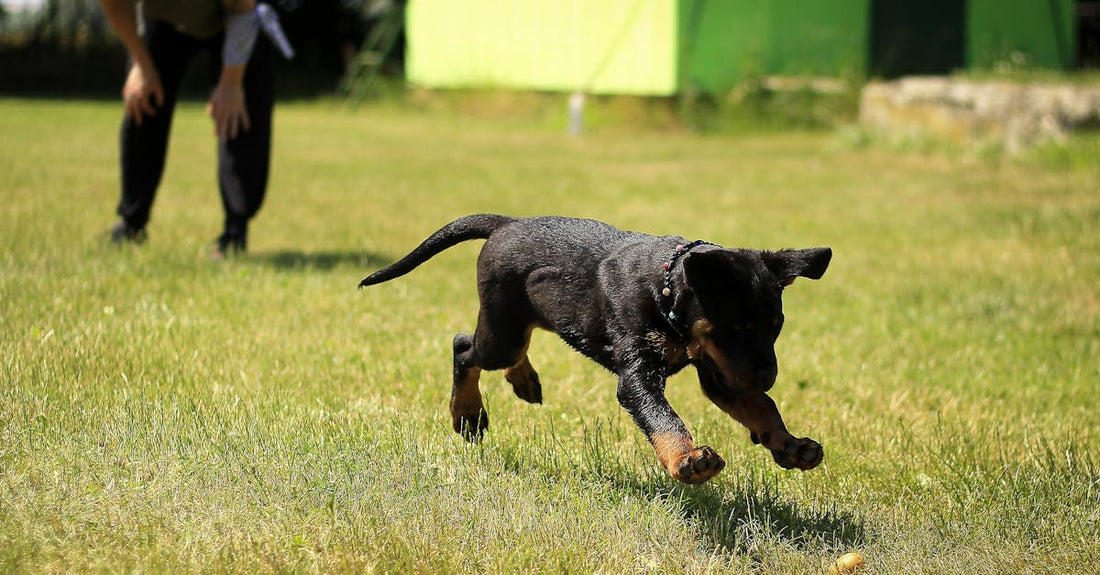
New Pet Owner's Essential Toolkit: Your Complete Guide
Share
New Pet Owner’s Essential Toolkit
Launching a happy, healthy life with your new furry friend? Here’s a comprehensive guide to get you started—no checkboxes, just actionable insights.
New Pet Owner's Essential Toolkit
📥 No time to read? Download the printable PDF so you can confidently navigate new pet ownership and provide the best care from day one!
- Essential checklists for home setup, supplies, nutrition, and daily care.
- Practical guides for training, socialization, and addressing common behavior issues.
- Future planning for financial realities, pet insurance, and emergency preparedness.

Phase 1: Arrival & Home Setup
Welcoming your new dog or cat means preparing safe space, supplies, and understanding the 3‑3‑3 adjustment rule—a phased transition into their new home:
- First 3 days: Let them decompress—provide quiet, no forced interaction.
- First 3 weeks: Routines emerge, personality shows, and gentle boundary-setting begins.
- First 3 months: Solidify trust with consistent training and bonding activities.
Source: ASPCA adjustment guidelines :contentReference[oaicite:0]{index=0}
Essential supplies include:
- Food & water bowls (stainless for durability)
- Initial food (ease transition from breeder/shelter diet)
- Crate/bed for dogs; cat bed, litter box, scratching post/tree
- Collar with ID tag (breakaway for cats), leash/harness
- Carrier for vet visits or travel
- Toys, pee pads (if needed), grooming gear (brushes, combs)
Coastal Pet and Scout for Pets emphasize stainless bowls, ID tags, starter bedding, and crate options for adjustment comfort :contentReference[oaicite:1]{index=1}
Pet-proofing tips:
- Secure cleaning products, medications, antifreeze, essential oils, xylitol
- Hide cables, lock small items, toilet lids closed, cover trash cans
- Keep hazardous plants and bait out of reach
Phase 2: Health & Daily Care
Feeding guidelines:
- Puppies/kittens (<6 months): 3–4 meals/day
- Adult/senior pets: 2 meals/day
ASPCA stresses tailored nutrition based on age and transition ease :contentReference[oaicite:2]{index=2}
Veterinary & preventive care:
- Schedule first vet visit within first week
- Follow core vaccination schedule every 3–4 weeks until ~4–6 months
- Arrange spay/neuter, apply year-round parasite prevention
- Microchip and register your info
ASPCA highlights core vaccines and tick/flea prevention at first vet visit :contentReference[oaicite:3]{index=3}
Grooming routine: Brush weekly (daily for long coats), trim nails monthly, and maintain teeth by brushing 2–3 times weekly with pet-specific toothpaste. Check regularly for fleas and ticks.
Phase 3: Training & Behavior
Golden rules: Focus on positive reinforcement, brief and fun sessions, regular exercise, consistency, and avoiding punishment.
Quick Solutions:
- Leash pulling: Use front-clip harness; stop walking when leash tight.
- Chewing: Redirect to approved chew toys.
- Scratching: Provide posts; praise their use.
- Litter issues: Ensure cleanliness, quiet location, scooping daily.
Socialization targets: Expose to new people, environments, and supervised pet interactions early to build confidence.
Phase 4: The Lifelong Commitment
Owning a pet comes with financial responsibility and emergency preparedness:
- Costs: Setup $200–1,000+; annual $700–2,000+; emergencies $500–5,000+
- Pet insurance: Pros include peace of mind and coverage for unexpected bills; cons include premiums and no pre‑existing condition coverage.
ASPCA Pet Health Insurance explains coverage and cost-benefit factors :contentReference[oaicite:4]{index=4}
Emergency contacts to maintain:
- Your veterinarian & 24/7 emergency clinic
- ASPCA Animal Poison Control: 888‑426‑4435
- Pet Poison Helpline: 855‑764‑7661
Handle with template:
Is handle locked:
URL: /blogs/pet-care/new-pet-owners-essential-toolkit-your-complete-guide
Page type: article
Handle with template: article/new-pet-owners-essential-toolkit-your-complete-guide
Is handle locked:
